All about bikini photoepilation

Bikini photoepilation is a modern approach to removing unwanted hair from the intimate area. The use of this technique allows you to get rid of hair not for some time, but for good. But for an effective result, one session is not enough. To stop growing hair, you will need to go through a series of treatments.

What it is
The photoepilation effect is based on the hair's susceptibility to ultraviolet radiation. This is facilitated by the pigment melanin contained in the hair, which is sufficient in dark-haired people and little in light and gray strands.
Therefore, the procedure is effective only for dark-haired clients. Other shades of hair are immune to energy directed to them.
After a beam of light of a certain wavelength and power of the luminous flux hits the hair, the light energy is converted into heat. In other words, the hair is heated. This is followed by the destruction of its root and the death of the hair. However, this becomes noticeable not during the procedure, but within 1-2 weeks.
Usually, dead hairs fall out during hygienic water procedures.

Deep bikini photoepilation involves the removal of hair in the pubic area and perineum. Some specialists include in this service the area between the buttocks. In comparison with similar procedures, photoepilation is painless enough. But, given the extremely sensitive skin in the deep bikini area, most often the procedure is carried out with local anesthesia.
In the case of a high pain threshold and a similar skill level of the specialist, the hair removal process is quick. Then it is allowed not to use anesthesia, so as not to further jeopardize the client.
How much the procedure will cost depends on the region where it is carried out, the extra charge of the salon, the experience of the specialist, the area of the epilated area, etc. The cost is calculated based on the cost of one flash. Deep bikini area usually requires about 90 flashes to treat.

Indications and contraindications
Photoepilation procedure can be done for women and men. It occurs without painful sensations and is considered minimally traumatic, since there is no direct contact with the skin.
Photoepilation of hair all over the body, especially the labia and pubis, has obvious advantages.
- The ability to permanently remove unwanted vegetation.
- Process safety and painlessness.
- Regrown hair is weakened and lightened.
- Hair removal on a large area in one session.
- A minimum of complications, provided that the procedure is carried out by an experienced specialist.
It is important to note that this method of hair removal is quite young, and so far there is not enough information about the negative consequences.
But before the procedure, you must familiarize yourself with the main contraindications for its implementation. If at least one of the listed contraindications takes place, there is a risk of serious complications and harm to health. Photoepilation is contraindicated for cancer, epilepsy, diabetes, acute herpes, skin tendency to scarring, viral, infectious, venereal diseases, cuts, on tanned skin, in the presence of tattoos, moles, cracks or some kind of damage to the skin in the area intended processing.
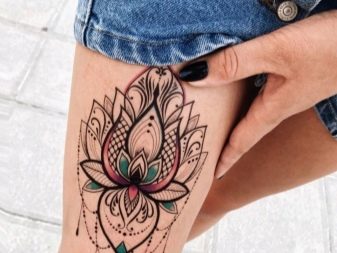
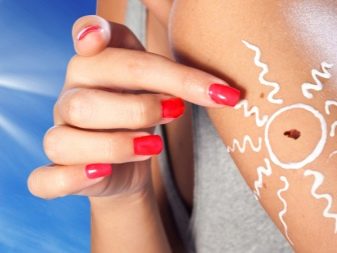
Views
There are two options for the procedure.
- Simple - classic bikini.
- Deep processing. Removal of hairs in the labia area, around the anus. A good effect can be achieved on dark hair. Blond and gray-haired people will have to choose a different method.

IPL epilation
The method is based on the emission of flashes of light with a frequency of 600-1200 nm. The hair takes up heat energy to the very base and is destroyed from the inside. The advantage of IPL is the high speed and painlessness of the procedure. Suitable for use on sensitive skin areas. Among the disadvantages, it is worth noting that the hair is removed only by 30% in one session. There is a negligible risk of burns.
For an effective result, it is necessary to conduct a course of 6-8 procedures.
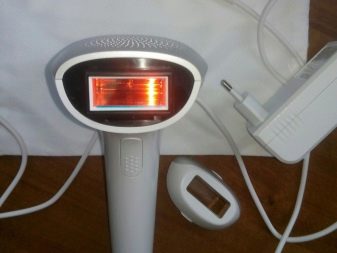
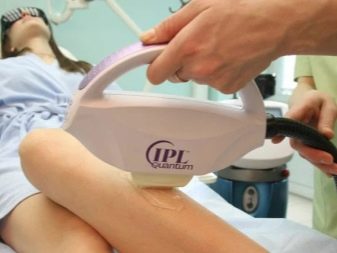
Epilation LHE
A technique that is similar to the previous one, but differs in the use of two types of energy - radio frequency and light. The advantages of the method include the ability to remove whitish hairs, high safety of the procedure. When photoepilation of a deep bikini does not require the use of cooling agents.
Not suitable for people who are too dark.
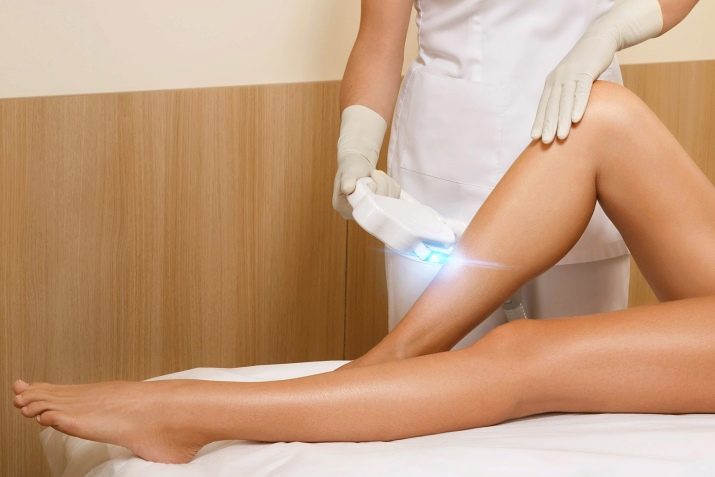
"Elos"
Epilation, which uses electromagnetic and light energy. The follicle is exposed to an electric current, heating it, which leads to the destruction of the hair shaft. This increases the efficiency of the procedure by 30% compared to IPL. There is an almost complete destruction of hair follicles with a minimum likelihood of their subsequent restoration.

How many sessions are needed
If you want to achieve permanent skin smoothness after a single session, disappointment is inevitable. So far, no modern procedure gives a guarantee for the complete disposal of unwanted vegetation. Also, you will not be able to achieve perfection after just one photoepilation procedure. Outbreaks affecting hair follicles only affect those that are actively growing. They can be only up to 30% of the total.Therefore, to completely get rid of hair for a long time in the deep bikini area, several procedures will be required.
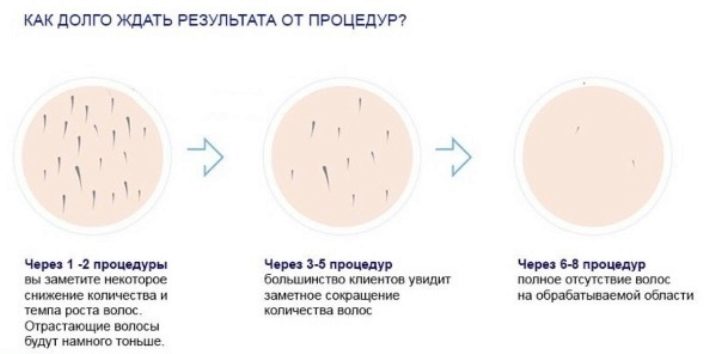
The rest of the hairs under the action of a light pulse are deformed only partially, losing some of their properties. For this reason, a course of sessions is required to achieve the complete disappearance of annoying vegetation in the bikini area. How many procedures are required to finally get rid of the hairline in the intimate area depends on various factors. Including from the density of hair.
The cosmetologist will help to determine the exact number of procedures based on the examination of the treated area.
Usually the number of sessions is 4-8. There is a break of several weeks between procedures. The number of flashes per session will also depend on the scale of the affected area. For example, if hair removal is performed only on the pubis, then 30 to 60 flashes will be required. When carrying out photoepilation of a deep bikini - within 90 flash units.

How to prepare properly
In the opinion of many, photoepilation is a fairly simple process, like sugaring or wax depilation, which does not require strict preparation and adherence to instructions. But, deciding to remove hair in the deep bikini area, you should carefully study the nuances of the procedure, read the list of contraindications and possible side effects. The skin in such a delicate area is sensitive, any mistake of the master or non-compliance with these recommendations can lead to unpleasant consequences.
The success of the photoepilation performed in the delicate intimate area will depend on the professionalism of the specialist and on the observance of a certain preparation for the procedure. To prevent the risks of complications and achieve exactly the result that was expected, you will need the following.
- Prior consultation with a dermatologist or professional epilation specialist. This is necessary in order to identify possible contraindications to the procedure and take measures to eliminate them, if they were found.
- At least 2 weeks before the scheduled procedure, you should refuse to get a tan in any way. Dark and dark skin is a contraindication to the procedure, since the cells of the epidermis also contain melanin. The flash can cause burns or discoloration.
- The hair length must be adjusted to the optimal value. For photoepilation in the deep bikini area, this value ranges from 2 to 4 mm. You can get this length by simply shaving your hair a few days before the scheduled procedure. It is unacceptable to use any other methods, except for shaving the day before and one month before photoepilation. Otherwise, the structure of the hair can be disrupted, which will negatively affect the result and complicate the work of the specialist.
- It is necessary to stop taking antibiotics and other drugs that may affect the level of skin photosensitivity. Such substances can lead to the formation of burns, keloids and changes in pigmentation in certain areas of the skin.
- Bikini photoepilation is not recommended to be done earlier than three days after the cessation of menstrual flow and later than three days before their start.
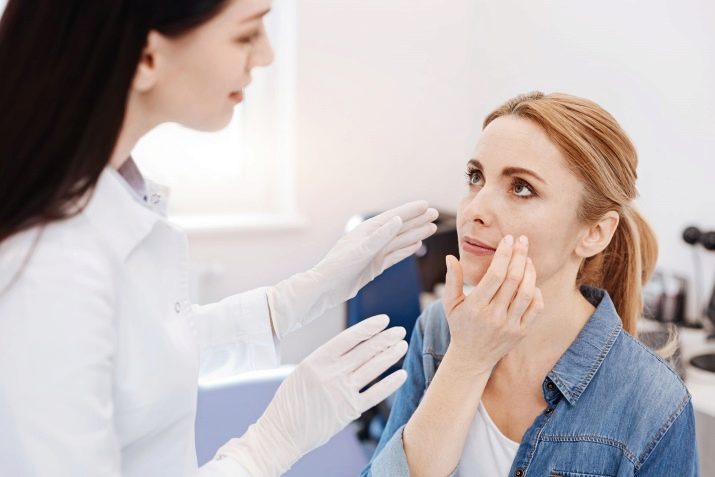
How is it going
Immediately before the procedure, a specialist treats the area to be exposed to a light beam with an antiseptic compound. Additionally, a special gel is applied to protect the skin from burns, which has a cooling and anesthetic effect.
Under the influence of photo flashes, the temperature of the hair reaches 70-80 C, which is quite noticeable on the skin that has not been treated with gel.
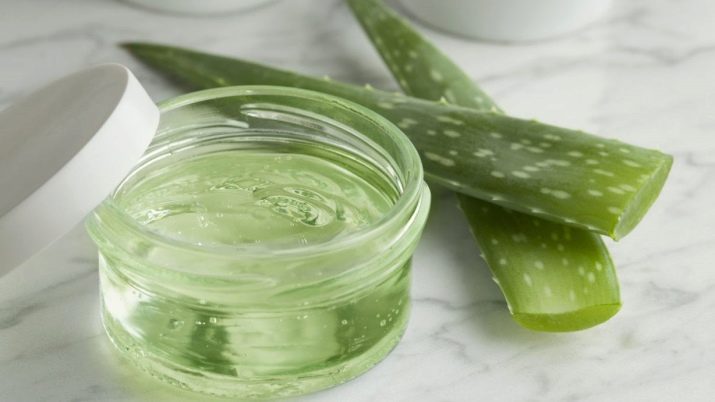
In order not to damage the eyes from the flashes of a working device, both the master and the client protect their eyes with special glasses. This will save your eyesight from the negative effects of light flashes.After that, the specialist begins to drive in the treatment area with the manipulator's emitting head. It is alternately applied to each area, avoiding re-processing of the epilated area. This stage requires the master to be extremely focused in order to prevent the formation of a burn.
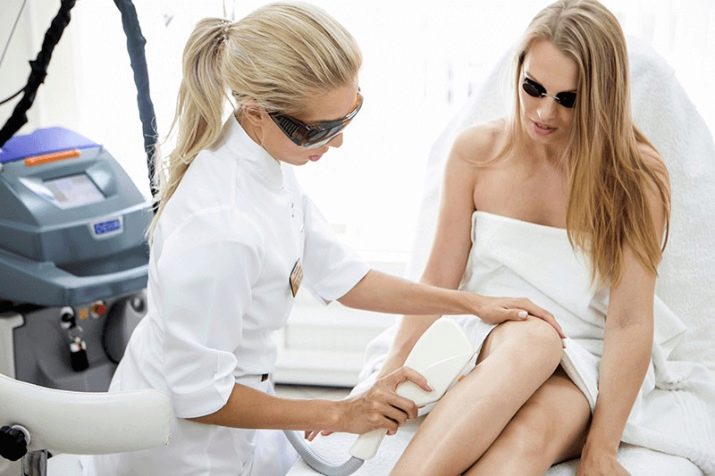
The photoepilator touches the skin, and a flash of light appears, identical to that which occurs when photographing. A slight click is emitted, accompanying the appearance of thermal energy acting on the hair follicle. This is followed by its destruction. Hair will not grow back in this place. To exclude damage in the delicate area of the labia, the session is carried out with slow flashes. After the procedure, the skin is treated with a cream with a soothing effect.
After treating the entire deep bikini area, the first layer of cooling gel is removed to apply a new one. This helps to reduce discomfort. Then the skin is lubricated with a sedative.
The photoepilation procedure is stressful for the skin, so it needs additional care.
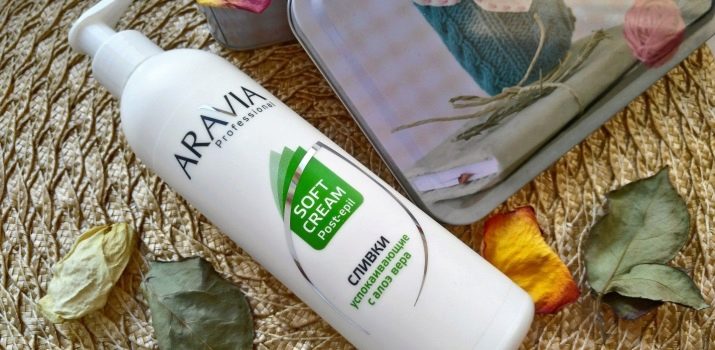
On average, the procedure takes about 1 hour at the initial stage. Subsequent sessions will be shorter in time. In one session, only those hairs that are in the growth stage are removed. This leaves approximately 60% to be removed in subsequent procedures. The specialist appoints a second appointment in a few weeks. Usually, the full course is 4-6 visits, depending on the nature of hair growth and the characteristics of the body.
Impatient clients should remember that hair does not fall out instantly, but only a few days after the session.
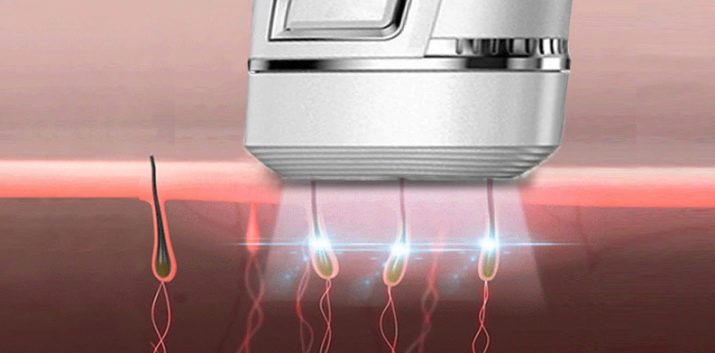
Follow-up care
Immediately after the photoepilation procedure, the skin looks quite healthy, but after a few hours, redness, swelling and even bruising may appear on it. This skin reaction is considered normal. Within a week, everything should be restored without additional intervention. The following recommendations will help speed up the process and prevent possible complications.
- After the procedure, it is strictly shown to protect the skin from injury, not to wear tight clothing.
- You will have to temporarily avoid contact with the sun and overheating. For a month, a ban is imposed on visiting the beach and solarium, since during this period weakened skin is especially sensitive to UV radiation.
- It is recommended to wear underwear made from natural soft fabric.
- Twice a day, in the mornings and evenings, treat the epidermis with drugs that accelerate regeneration. The cream or emulsion "Panthenol" is ideal.
- Do not use fatty cosmetics, oils and alcohol-containing formulations for several days.
- Do not take a bath, postpone visits to the pool and sauna. This can lead to the development of folliculitis. It is better to do with a warm shower and carry out water procedures only with hypoallergenic, non-irritating agents for several days after epilation.
- It is forbidden to remove the hairs remaining after the procedure. You need to be patient, and they will soon disappear without any intervention.
- Photoepilation has a fairly strong effect on the moisture content of the skin. Experts recommend drinking at least 500 ml of water per day within a week after the procedure.
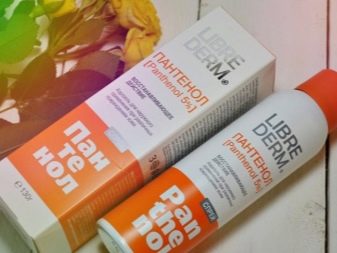

Review overview
Even taking into account numerous positive reviews, photoepilation of a bikini or other part of the body is ineffective for blonde, red and gray hair. The light pulse minimally affects hairs with insufficient amount of melanin. Reviews show that 4-12 procedures are usually enough for girls, carried out with an interval of 3 weeks to 2 months.
Many women who have experienced the effects of photoepilator flashes on their skin note that the treatment of the bikini area was painful for them. Others report only slight discomfort when removing unwanted hair.
In this situation, the individual pain threshold and the treatment area play a decisive role. Removing vegetation in the deep bikini area brings very painful sensations, since the skin in this area is very sensitive.
From the reviews it is clear that a person feels every flash of the device in the form of a slight tingling sensation and burning sensation. Discomfort quickly disappears. The specialists instill confidence that by following all the prescribed recommendations, it will be possible to minimize the level of inconvenience after the procedure. It will also allow you to avoid possible complications and reduce the break time between sessions in order to complete the course faster.
Photoepilation is a safe way to get rid of unwanted body hair for a long time. Adhering to all the recommendations and rules of skin care, you can make the intimate area smooth and well-groomed.









